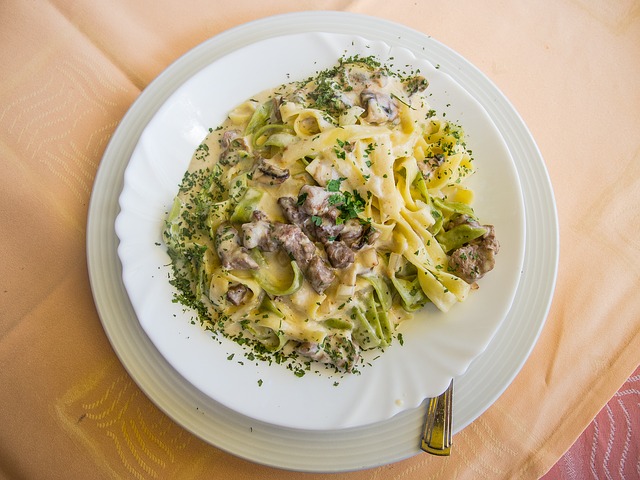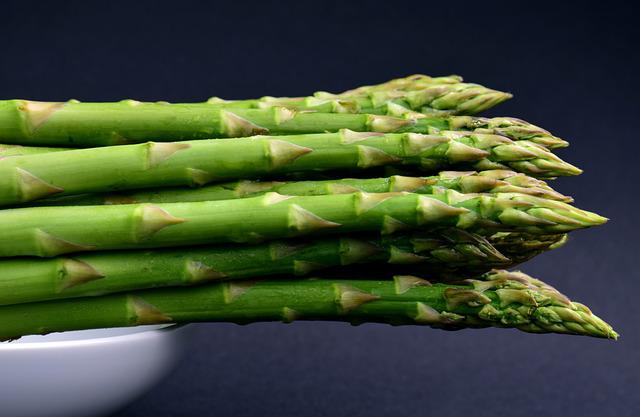
You should be able to create a simple, yet effective, cooking skills checklist for your kids. These skills include the ability to create creative recipes and ensure safety in the kitchen. Here are some tips that will help you develop these important skills in your children. Here's a sample list:
Here are some essential culinary skills
The ability to properly prepare food is an essential skill for any chef. These skills include the ability to identify freshness, prepare meats, fruit, and vegetables, as well as convert standard recipes into larger batches. A chef should have excellent time management skills, and an acute sense of taste and smell. A chef should also be able handle knives and other food equipment.
Sauteing is a versatile cooking technique that can be used for a variety of ingredients. Lightly sauteed vegetables and shrimp in garlic butter are particularly delicious. Braising, which is one of the oldest cooking methods, involves boiling over an open fire. Although it is quite basic, it is extremely useful. A good cook is someone who can boil a food. It is also important to know how to use a knife and understand safety tips.
Developing creative recipes
When preparing a meal, creative recipes are very important to success. They are a way to show off your creativity and skills. Creative thinking, also known by divergent thinking allows you to think out of the box to develop new ideas. This is an essential skill for a chef's career. It allows you experiment with new recipes and techniques, which will impress your customers. With a creative mind, you can also try new flavors to impress your employer. You can experiment with different flavors and come up creative themes for your meals. To improve your creativity, brainstorm and research cooking methods.

The problem with cooking skills is their inconsistent definitions. While they disagree about which one is most important, the authors agree that the definition of the skill needs to change. They argue that the definition of a skill should be evolved from the perceived "Golden Age" when cooking skills were developed beyond a person's ability to prepare basic foods. We must support the advancement of these skills in order to ensure that food has a bright future.
Developing a safe environment in a kitchen
Developing a safe environment in a commercial kitchen is imperative for the health of your staff. A commercial kitchen can pose a danger to your staff because of the presence of bacteria and electrical equipment. The first steps are to develop a plan and purchase safety equipment. You should also ensure that your children are always supervised when you're in the kitchen. Safety plans and training employees can make a big difference in preventing accidents.
Fire-resistance and fire-safety training are vital for all kitchen staff. You can get fire-safety training through your local fire department. Fire extinguishers and fire blankets should be accessible to kitchen staff. They can also be used to manually instigate the fire suppression system. It is also a good idea to train employees in CPR/first aid. Kitchens should always have non-slip flooring.
Identifying food safety hazards
It is essential to identify potential food safety hazards when you prepare meals for your family, or for catering special events. Food safety starts with identifying potential hazards. It can prevent product recalls and food poisoning outbreaks. Failure to do so could result in brand damage or regulatory action. Codex HACCP compliance in food businesses is vital. Identification of hazards is a key requirement.

There are many potential physical hazards that can inflict injury on humans. They can be natural or artificial and can come from people, plants, or even packaging. Different physical hazards are more likely to cause disease or injury than others. These hazards may not be inherently dangerous. But they must be detected and eliminated before they can cause any harm. To identify potential hazards, identify the source of the risk and determine how to minimize it. You can also look for the source of the risk by observing the product.
FAQ
Is it possible to be self-taught?
Yes, you can be a self-taught cook! Cooking is one of those things that everyone loves doing, whether they know how to do it or not. Start cooking at home if you want to learn how to cook. Start small, like making pancakes for breakfast or spaghetti sauce for dinner. The best way to learn how to cook is to try new recipes and experiment. It is possible to make mistakes.
You can learn to cook in a matter of hours or weeks depending on your level of cooking ability. Cooking is more than following recipes. There are so many ways to prepare food.
Are there any free online cooking classes?
Numerous websites offer free cooking lessons. You can search YouTube for videos that teach you how to prepare different meals. You can access thousands of recipes from some websites. The sites typically charge a monthly fee but you can test them for free for a period of 30 days.
What are the health benefits of slow cooking?
Slow cookers allow you to make delicious meals with minimal effort. Slow cooker recipes require less oil or fat than traditional recipes, making them healthier. Because they cook for you while you sleep, slow cooker recipes can be convenient.
How Long Does it Take to Become a Chef? What is the average career track?
It takes five years to become a chef. This time you'll learn the basics of cooking and work as a cook assistant. After you've completed your training you can apply to be a line cook or sous chef. The average salary for a chef ranges from $25,000 to $60,000 per year.
Statistics
- under 10 Kids have been taught that there is special food just for them, and Fiese says that 10 percent of kids will throw a tantrum if they don't get the food they want. (washingtonpost.com)
- The median pay for a chef or head cook is $53,380 per year or $25.66/hour, according to the U.S. Bureau of Labor Statistics (BLS). (learnhowtobecome.org)
- According to the BLS, chefs earn $58,740 a year. (learnhowtobecome.org)
External Links
How To
How to make a perfect Omelette
Omelets are a favorite breakfast food of mine. But how do you make them perfectly? I have tried many different recipes and methods, but none of them work. So today, I want to share some tips and tricks with you so you can make your own delicious and fluffy omelets every morning.
It is important to know that eggs can be temperamental when making omelets. The eggs must be fresh from an organic source and kept at room temperature until they are ready to be cooked. The yolks and whites will not form properly if they aren't kept cold enough. This can make your omelets look bizarrely colored. If you want to make omelets right away, it's best not to use eggs that are too cold.
Another tip is to separate your egg before adding it into the pan. Because this could cause your omelet to become curdled, you don't want any yolk to be mixed with any white.
If you add the egg directly onto the stovetop, you might end up burning the bottom part of the egg, which would ruin the texture of your omelet. Instead, heat the egg for 10 seconds in the microwave before placing it in the pan. The heat from the microwave cooks the egg just enough without overcooking it.
Next, let us talk about how to mix the eggs. Mix eggs well together. You need to turn the bowl of the mixer upside down. Then shake the bowl vigorously. This will whip the air around the bowl and mix the egg well.
The fun part begins - you need to pour the milk into your mixture. Pour half the milk into the beaten egg mixture and then fold in the eggs. You don't need to worry if streaks remain. They will disappear once you flip your omelet.
After you have done folding the eggs, heat the pan on medium heat. The oil will start to smoke. Once the oil starts getting hot, add 1/4 cup of butter to the pan and swirl it around to coat the entire surface of the pan. Open the lid and sprinkle salt on the pan. A pinch of salt will help prevent the omelet from sticking to the pan.
Once the omelet forms, cover the pan again. Let the top side set completely. Flip the omelet by using a spatula. Cook the other side for about a minute. Serve the omelet immediately by removing it from the pan.
This recipe works best using whole milk. Skimmed milk is also possible.